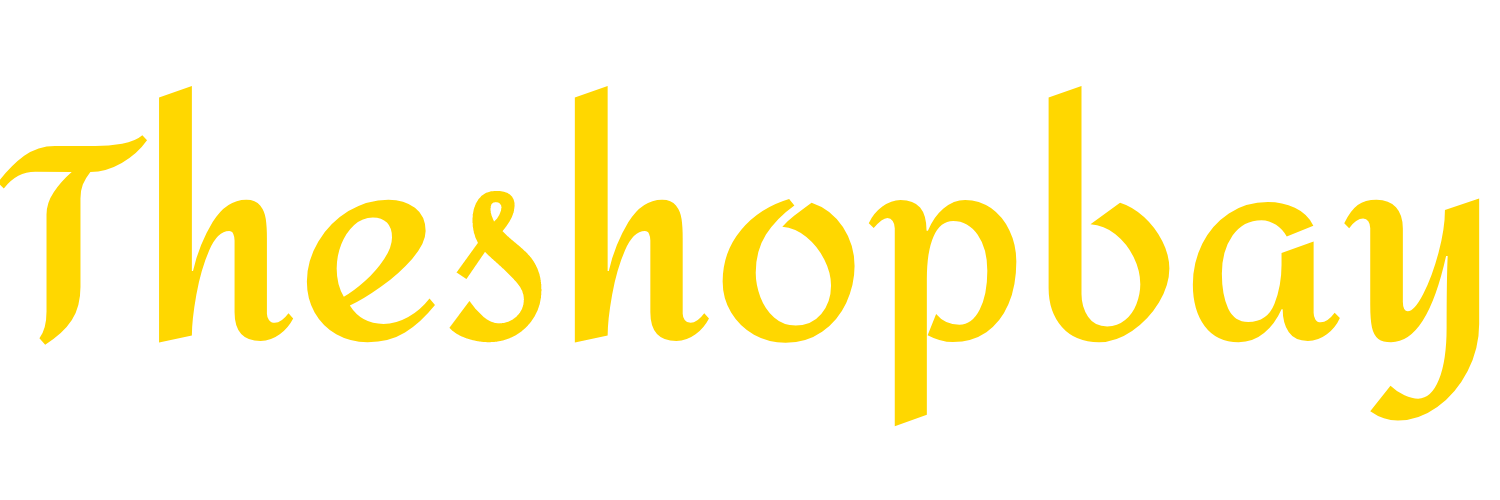Introduction
The Canon EOS M6 Mark II officially replaces the Canon EOS M6 and Canon EOS M5. Amid Canon’s entire focus on the EOS R series, Canon released its flagship APS-C, the Canon EOS M6 Mark II. This camera is an important Canon model due to several reasons. First, the camera is considered Canon’s APS-C flagship replacing both EOS M6 and EOS M5. It has a new 32.5MP sensor with the highest resolution you can find on any APS-C mirrorless camera. It has fast burst mode, face and eye detection, and a full sensor 4K. At this price point, the Canon EOS M6 Mark II is competitive with its market rivals like the Fujifilm XT-30, Sony a6400, and the Nikon Z50.
Key Specifications
- 32.5MP DPAF APS-C CMOS sensor
- Electronic Shutter Mode: 14fps
- RAW Burst Mode: 30fps with AF tracking and pre-shot buffering
- 4K/30P full-width video
- 1.04 M DOT 3″ rear touchscreen (180° upwards and 45° downwards tilt)
- External EVF
- 1 UHS-II card slot
- LP-E17 Battery
- Weight: 361g (body only) / 408g (including battery and memory card)
Body, Handling, and Performance
Canon as always did a great job with the ergonomics of the Canon EOS M6 Mark II. It has an awesome grip and a dial interface. The camera is easy to carry and you get a very nice feeling holding the camera and can use it for longer durations as the camera just weighs approximately 408g including the battery and memory card, which also makes it a good travel camera.
The new autofocus / manual focus selector on the camera’s real side is very nice and usable.
Unlike its competitors, the Canon EOS M6 Mark II does not have a built-in EVF, and it comes with an additional cost of approximately $200. The EVF is basically detachable and is 2.36M DOT which is pretty average at this price point. The camera does have a built-in pop-up flash which is handy while doing portraits.
There are three dials on the camera top to change focus, aperture, and shooting modes. The other common settings can be adjusted by the rear control dial.
The rear LCD is not fully articulating but has a tilting touchscreen LCD, which is especially helpful while doing selfies or vlogging. However, if you use an external microphone attached to the camera hot shoe, you might find it difficult to tilt the LCD. That said, the camera has a microphone input, but not a headphone jack in contrast to its competitor Fujifilm XT-30 which has a USB-C port that can be used as a headphone output.
The Canon EOS Mark II has a single memory card slot which is compatible with USH-II and is good compared to the Nikon Z50 which supports a slower UHS-I card.
One fact that all Canon mirrorless camera users are aware of is that it has limited M-series lenses. This is a problem since there are only a few M-series lenses that are capable, sharp enough, and matches the high resolution of the Canon EOS M6 Mark II. You can use the Canon EF / EF-S / L-series lenses using the lens mount adapter but you will be throwing away the advantage of the compact size of the EOS M6 Mark II. The Canon L-series full-frame lenses are excellent, but that would be way more expensive and heavier for a compact camera like this. Another option is to check out third-party lenses like the ones from Sigma.
Autofocus and Photography Performance
The camera now has a brand new 32.5MP APS-C CMOS sensor which is a big deal and a key bragging point for this Canon camera, as it has a lot of resolution for an APS-C size sensor. It is extremely capable of producing high-quality and detailed photos compared to its competitor APS-C cameras out there in the market.
Even in terms of low-light photography, there is no actual downside in performance and the Canon EOS M6 Mark II does well maintaining dynamic range, which is a great achievement for Canon.
The camera has awesome Canon colour science which helps the camera deliver accurate colours and natural skin tones.
The EOS M6 Mark II has 14fps with autofocus tracking. The tracking performance at 14fps is not as great and you might have to lower the fps to get better autofocus performance. Also, the DIGIC 8 image processor is not as quick as what the Sony a6400 offers, which is also one reason for the autofocus to drift from the subject at 14fps.
The RAW burst shooting mode has a pre-buffer of about half a second which is very helpful, especially in situations where you might accidentally miss out on an important shot.
One exciting feature the camera has is that even though it does not have an autofocus joystick, you can use the touchscreen LCD to control and set the autofocus while using the viewfinder. You can move the autofocus around and it works beautifully with zero lag. This functionality is definitely a plus point for the camera.
The camera has fast bursts, however, the buffer on the camera is slow, which is something that we usually see in cameras at this price point. Even while using fast memory cards, it takes time for the camera to clear the buffer.
We do not see a huge improvement in terms of the rolling shutter. While using the electronic shutter mode you would still see strange diagonals in stills while doing a fast pan. It is however better in the RAW burst mode since a crop is applied which in turn results in reducing the rolling shutter.
Video Performance
The Canon EOS M6 Mark II has a sharp and good quality 4K/30P and 1080/120P. The 4K/24P recording however is missing.
If you are looking for a camera that performs exceptionally well, especially on video then this might not be the right camera for you. However, if you do casual videos, the usability of the EOS M6 Mark II is the best you can get. It has an external EVF, a touchscreen that works incredibly well in setting up the autofocus, Canon’s Dual Pixel Auto Focusing system doing a good job tracking the subject, and a tilt screen that is especially helpful for vlogging.
Having 1080/120P recording is great, especially for slow-motion videos. However, when you switch to 1080/120P, you lose the Canon’s Dual Pixel Auto Focus, and due to that on multiple occasions, the camera would just not be in the right focus. Basically, just ensure that before you switch on the recording on 1080/120P, you properly set up the focus.
The 4K/30P on the Canon EOS M6 Mark II is certainly sharp but not as good as compared to its competitors like the Fujifilm XT-30 or the Sony a6400 super-sampled videos.
Overall, this camera’s reliable autofocus, ergonomics, nice Canon colours, tilt LCD, and external microphone input make the camera a good choice for someone who is into casual videos. If you are however a professional looking for high-quality, sharp, and exceptional video performance, this camera might let you down. In that case, you should think about its competitors like the Fujifilm XT-30 or the Sony a6400 which has much better video performance than the Canon EOS M6 Mark II.
Battery Performance
The camera uses an LP-E17 battery.
- Still Image on LCD: Approx. 305 shots
- Still Image on EVF: Approx. 250 shots
- Still Image LCD (Eco Mode): Approx. 410 shots
Canon EOS M6 Mark II Comparison
| Canon EOS M6 Mark II | Fujifilm XT-30 (Black) | Sony a6400 | |
| Price | $850 | $870 | $900 |
| Effective Pixels | 32.5MP | 26.1MP | 24.2MP |
| Weight (with card and Battery) | 408g | 378g | 403g |
| Electronic Shutter Mode | 14fps | 30 fps with 1.25X crop. 20 fps without crop. | 11fps. 8fps with a silent shutter. |
| Max Shutter Speed | 1/16,000 | 1/32,000 | 1/4,000 |
| EVF | 2.36M DOT (External) | 2.36M DOT | 2.36M DOT |
| LCD | 1.04M DOT Tilt | 1.62M DOT Tilt | 921K DOT Tilt |
Pros and Cons
Pros
- Great Ergonomics and compact size. This also makes it a good casual and travel camera
- Very high resolution for an APS-C CMOS sensor
- Fast burst rate
Cons
- External EVF
- Not fully articulating, but only tilting LCD
- Limited lens options currently
- No weather sealing
Conclusion
Canon’s continued focus on ergonomics clearly reflects in the Canon EOS M6 Mark II, as it has fantastic ergonomics. The lightweight, compact, deep grip and dials on the camera are simply amazing. These features also make the camera suitable for daily use, or for travel, as due to its lightweight and compact design, you can easily carry and work with the camera for longer durations.
The 32.5MP APS-C CMOS sensor is a very high resolution compared to its competitors. In terms of photography, the camera does a good job delivering sharp and high-quality photos, even in low-light conditions. In terms of casual video, the camera does a good job. However, as a professional, you might give it a second thought and prefer looking at its competitors such as the Fujifilm XT-30 or the Sony a6400.
Also, since the camera does not have a built-in EVF means an additional investment to the overall camera cost.









